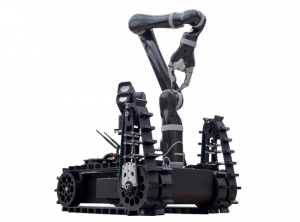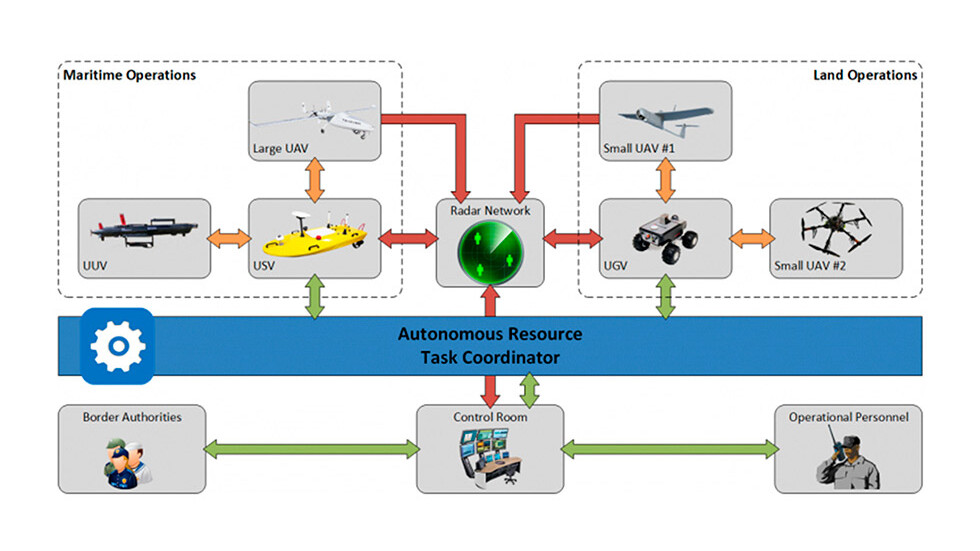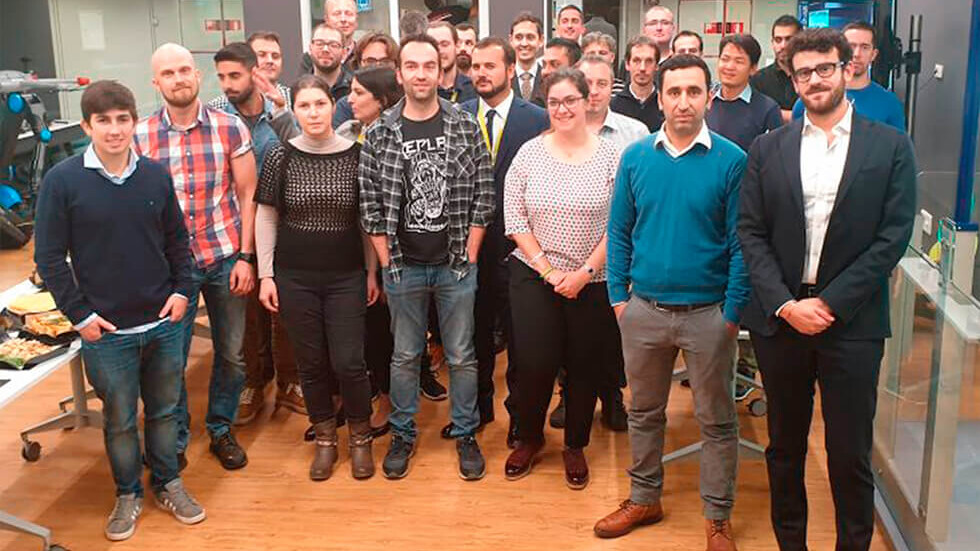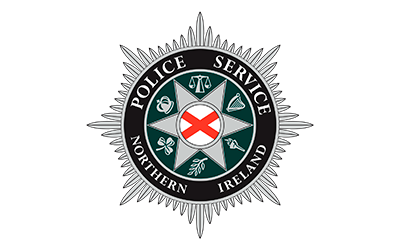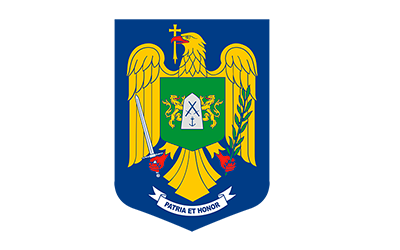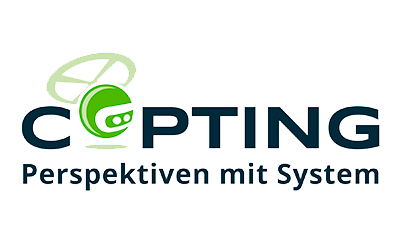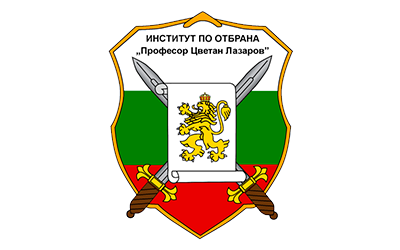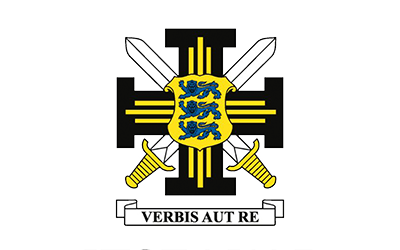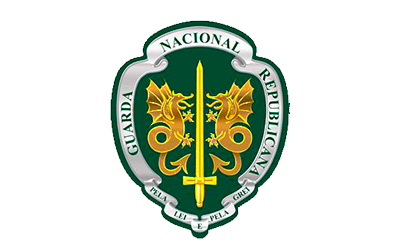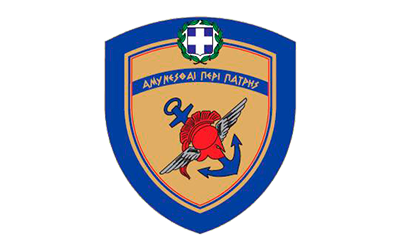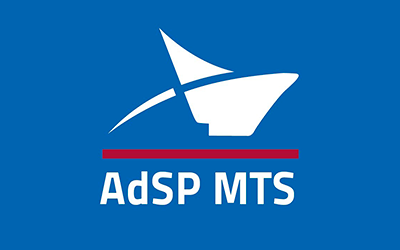ROBORDER
Autonomous swarm of heterogeneous RObots for BORDER surveillance
Border authorities and Law Enforcement Agencies (LEAs) across Europe face important challenges in how they patrol and protect the borders. Their work becomes more problematic considering the heterogeneity of threats, the wideness of the surveyed area, the adverse weather conditions and the wide range of terrains. Although there are several research tools and works targeting these areas independently for border surveillance, nowadays border authorities do not have access to an intelligent holistic solution providing all aforementioned functionalities.
Towards delivering such a solution, ROBORDER aims at developing and demonstrating a fully-functional autonomous border surveillance system with unmanned mobile robots including aerial, water surface, underwater and ground vehicles, capable of functioning both as standalone and in swarms, which will incorporate multimodal sensors as part of an interoperable network. The system will be equipped with adaptable sensing and robotic technologies that can operate in a wide range of operational and environmental settings. To provide a complete and detailed situational awareness picture that supports highly efficient operations, the network of sensors will include static networked sensors such as border surveillance radars, as well as mobile sensors customised and installed on board unmanned vehicles.
To succeed in implementing an operational solution, a number of supplementary technologies will also be applied that will enable the establishment of robust communication links between the command and control unit and the heterogeneous robots. On top of this, detection capabilities for early identification of criminal activities and hazardous incidents will be developed. This information will be forwarded to the command and control unit that will enable the integration of large volumes of heterogeneous sensor data and the provision of a quick overview of the situation at a glance to the operators, supporting them in their decisions.
ROBOTNIK IN THE PROJECT
Robotnik as a hardware provider is developing a new concept of UGV (Unmanned Ground Vehicle) capable of autonomous on-field deployment of small UAV (Unmanned Aerial Vehicle). The deployment is done in two ways:
● Tethered mode, where the UAV remains connected to the UGV through a cable from which the UAV grabs power, allowing unlimited flying time.
● Free flight mode, where the UAV is deployed without any connection to the UGV but an autonomous charging pad allows to recharge the batteries once it is landed.
Moreover, the UGV is equipped with sensors and actuators for autonomous navigation and border surveillance, and has been ruggedized to operate in adverse environmental conditions. The UGV is connected to a Ground Control Station (GCS) that provides remote monitoring, teleoperation and commanding of the vehicle.
More projects


